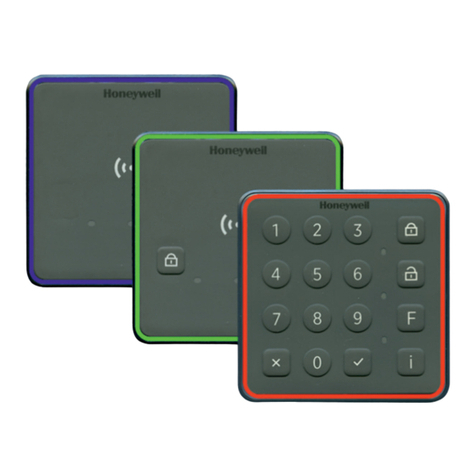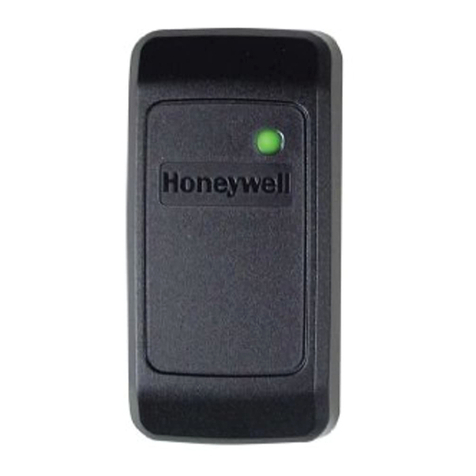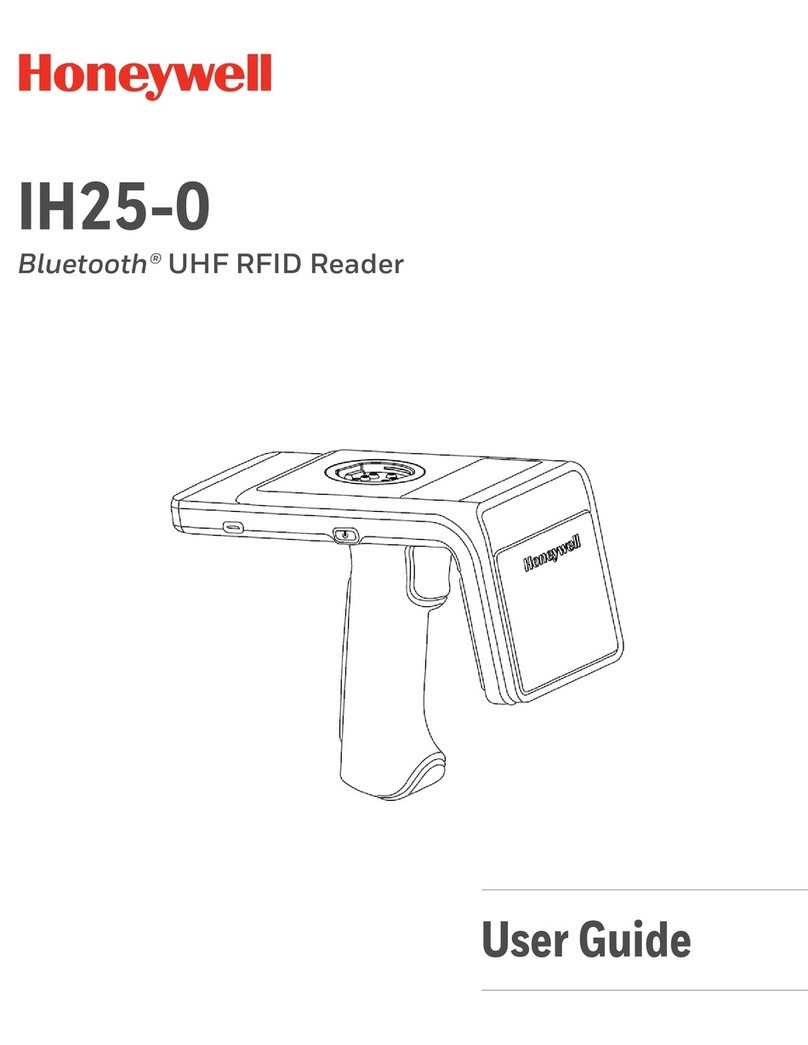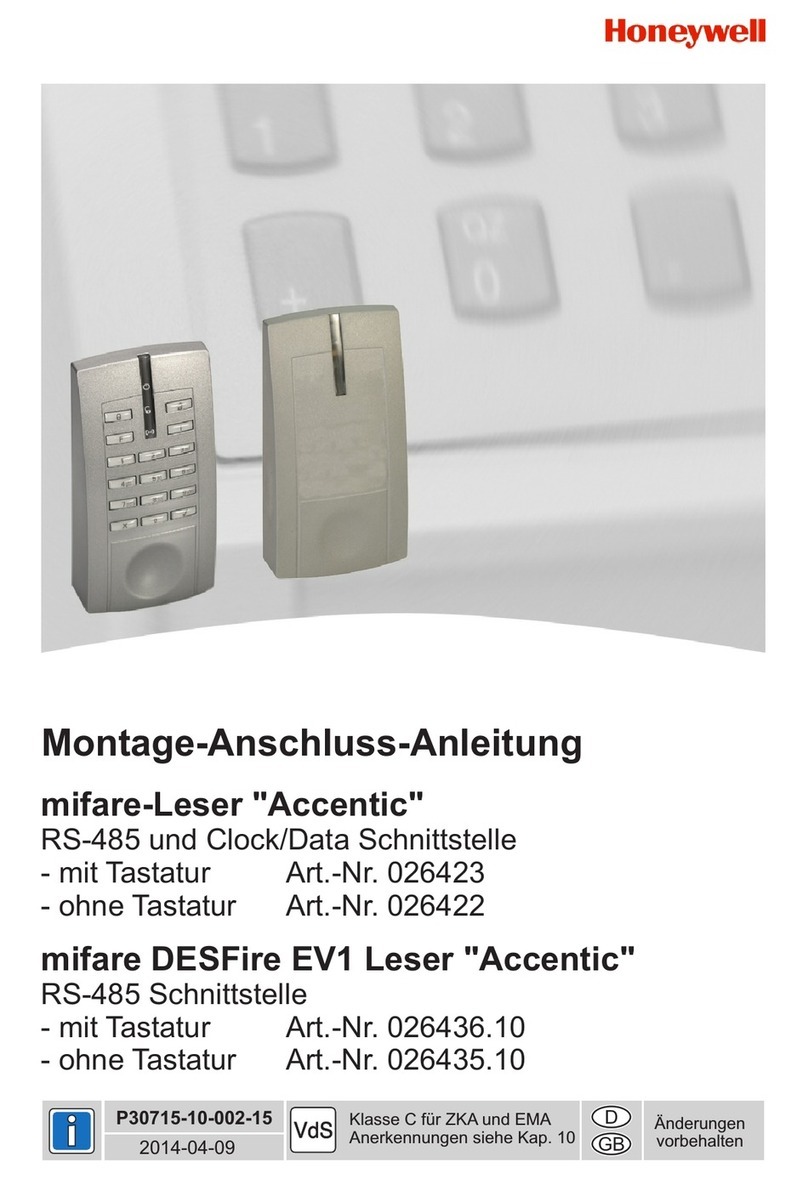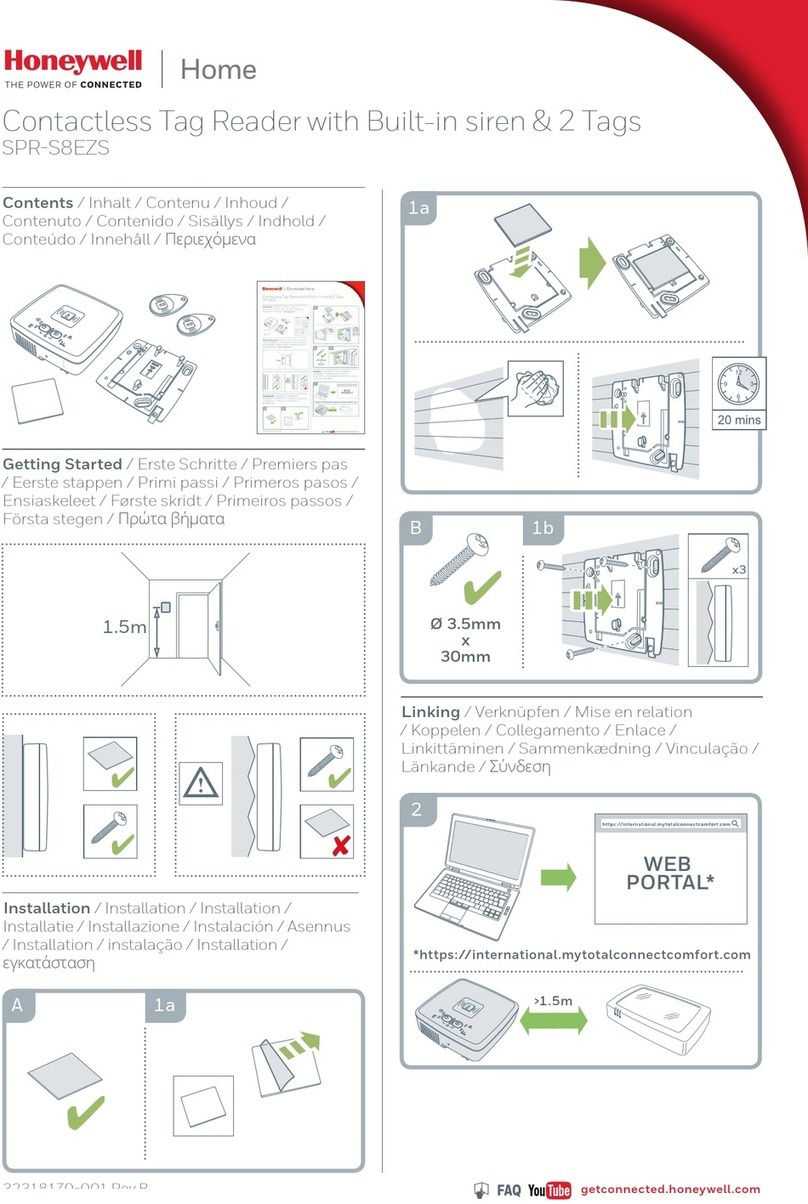Honeywell Temaline TKL19 User manual
Other Honeywell Card Reader manuals
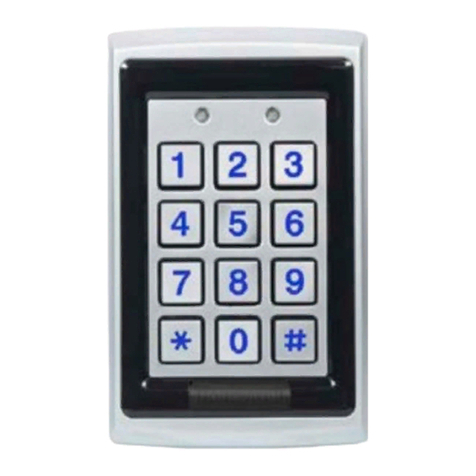
Honeywell
Honeywell OmniProx OP-95 User manual

Honeywell
Honeywell Accentic 026423 User manual

Honeywell
Honeywell IdentIPoint User manual
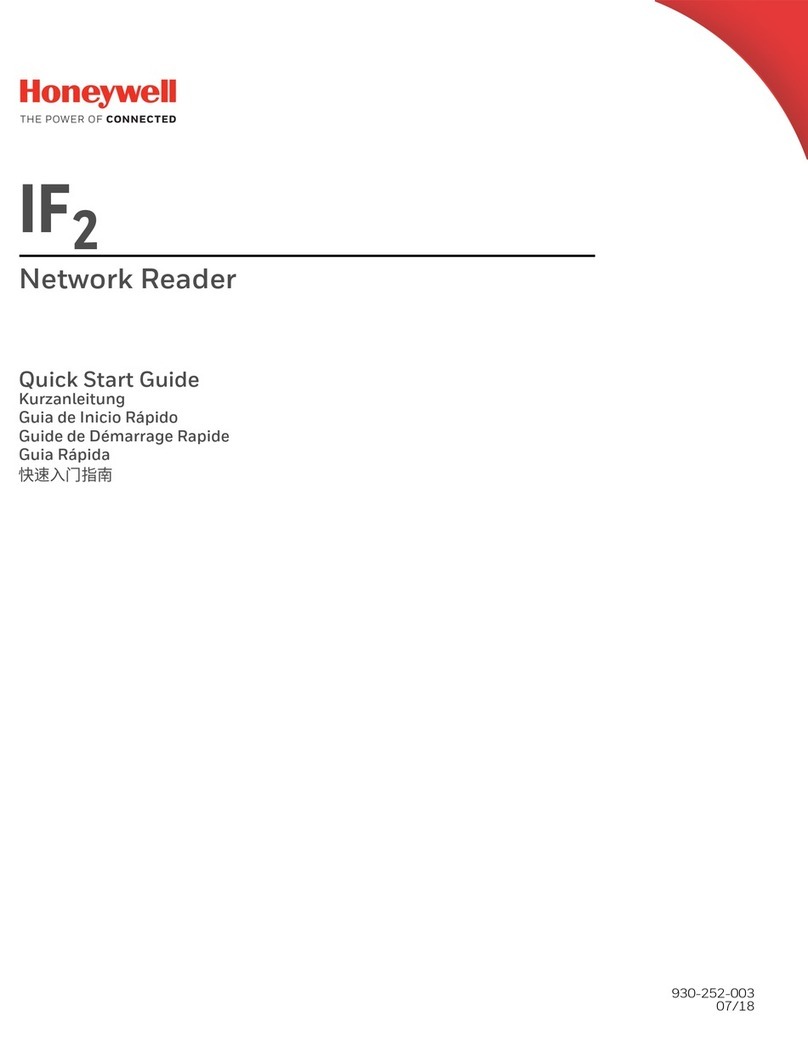
Honeywell
Honeywell IF2 User manual
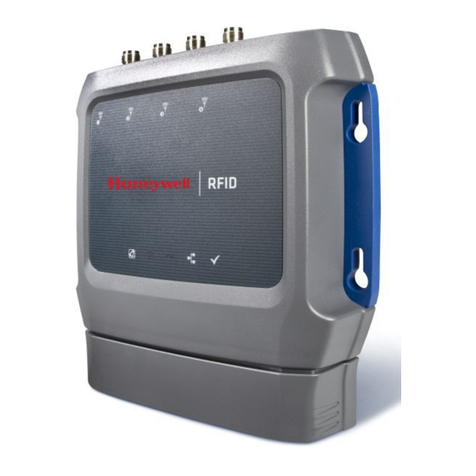
Honeywell
Honeywell IF2 User manual
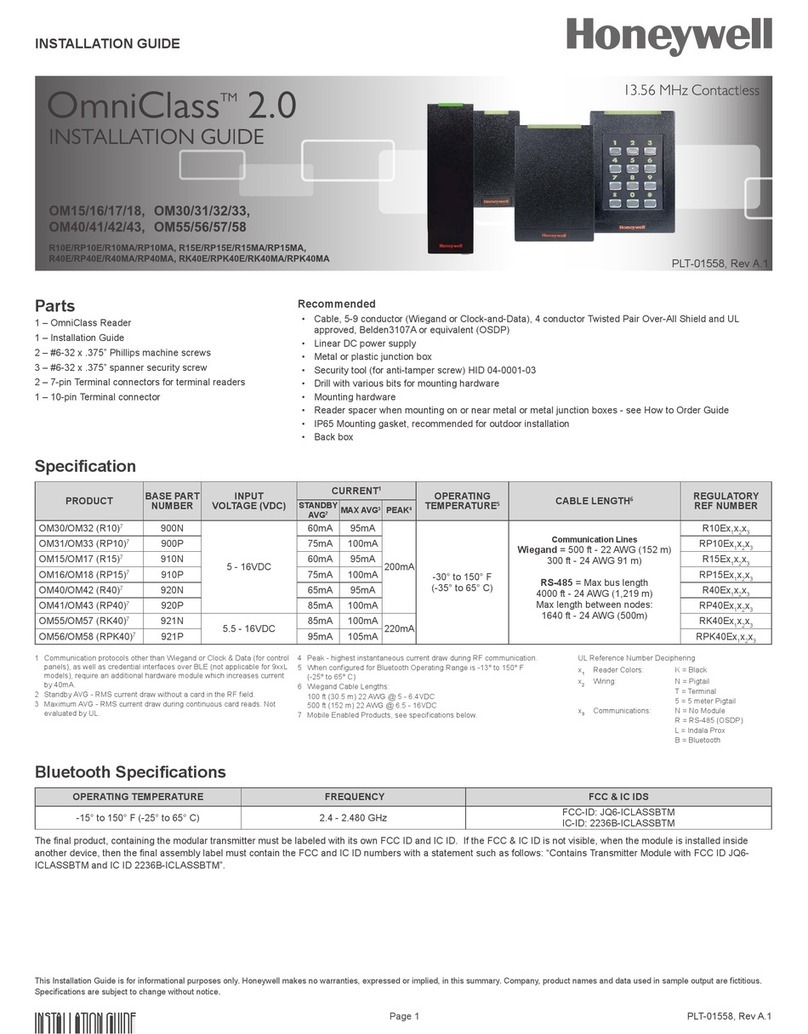
Honeywell
Honeywell OmniClass OM15 User manual

Honeywell
Honeywell IF2B User manual
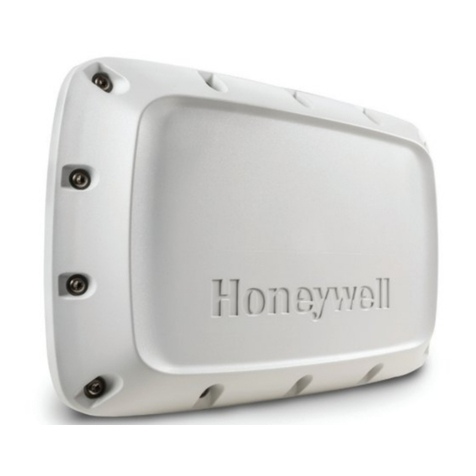
Honeywell
Honeywell 1026FF02F9 User manual
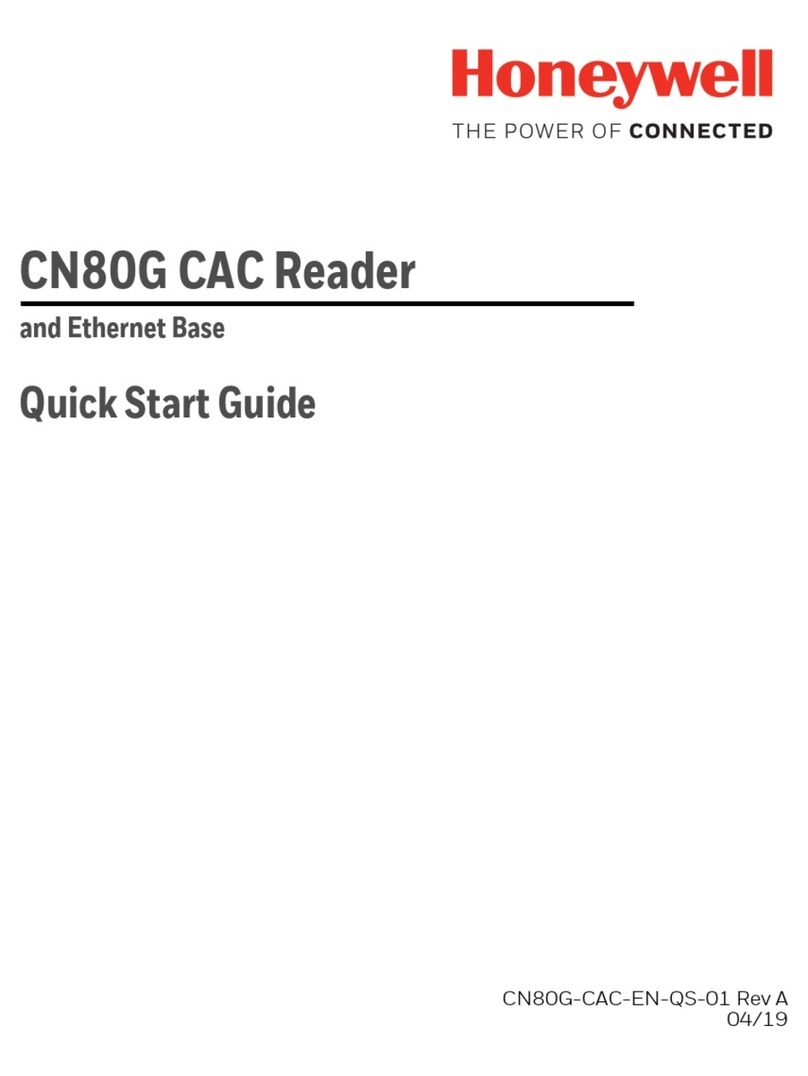
Honeywell
Honeywell Dolphin CN80G User manual
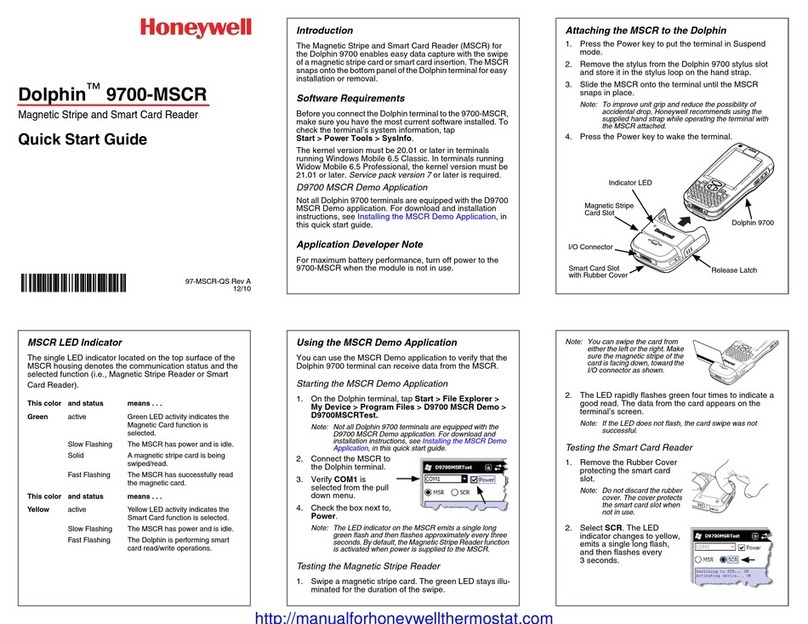
Honeywell
Honeywell Dolphin 9700-MSCR User manual
Popular Card Reader manuals by other brands

ViziT
ViziT RD-4F operating instructions

Jinmuyu Electronics
Jinmuyu Electronics MR811 Series user manual

Conrad
Conrad PCMCIA operating instructions

Lindy
Lindy 51541 user manual

Diapro T?bbi Ürünler
Diapro T?bbi Ürünler Across System user manual

Johnson Controls
Johnson Controls Kantech tyco ioSmart installation guide
